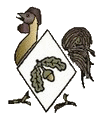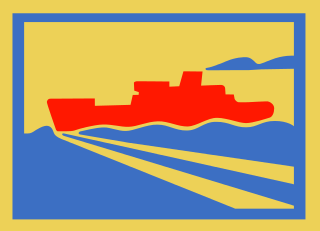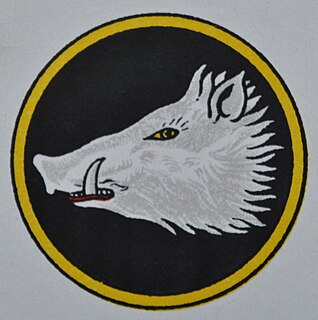 W
WXIV Corps was a British infantry corps during the First World War. During the Second World War the identity was recreated for deceptive purposes.
 W
WThe XVIII Corps was a British infantry formation during World War I. It was reactivated, briefly, in Cyprus during World War II as part of a military deception.
 W
WThe 40th Division was an infantry division of the British Army active during the First World War, where it served on the Western Front. It was a division of Lord Kitchener's New Army volunteers, mostly "bantam" recruits of below regulation height. It was later briefly reformed as a fictional deception formation in the Second World War, and during the early years of the Cold War was recreated a third time to garrison Hong Kong.
 W
WThe US 55th Infantry Division was a 'phantom division' created in October 1943 to cover the departure of the US 5th Infantry Division from Iceland. An entirely notional force, its existence was reported to the Germans only through controlled agents as Iceland was too far from Europe to make use of radio deception.
 W
WThe 57th Division was an infantry formation of the Territorial Force created in 1914 as part of the massive expansion of the British Army during the First World War. It served on the Western Front during 1917 and 1918. The divisional number was reactivated for deception purposes during the Second World War.
 W
WThe 80th Infantry (Reserve) Division was an infantry division of the British Army formed at the beginning of 1943, during the Second World War. For the twenty months that the division existed, it was a training formation. It was made responsible for providing final tactical and field training to soldiers who had already passed their initial training. After five additional weeks of training, the soldiers would be posted to fighting formations overseas. Notably, the division was used as a source of reinforcements for the 21st Army Group, which was fighting in Normandy. After all available troops left the United Kingdom for France, the division was disbanded.
 W
WThe Fourth Army was a field army that formed part of the British Expeditionary Force during the First World War. The Fourth Army was formed on 5 February 1916 under the command of General Sir Henry Rawlinson to carry out the main British contribution to the Battle of the Somme.
 W
WThe Twelfth Army was a British Army formation during the Second World War. The Twelfth Army denotation was actually used twice; firstly, in 1943, for a fictional formation and secondly, in 1945, in Burma.
 W
WThe United States Army created a large number of notional deception formations that were used in a number of World War II deception operations. The most notable fictional US formation was the First U.S. Army Group (FUSAG); this field army was originally intended as the main invasion force for the Invasion of Normandy, however that was renamed to the 12th Army Group. FUSAG remained in existence on paper and was used during Operation Fortitude South to divert Axis attention to the Pas de Calais area.